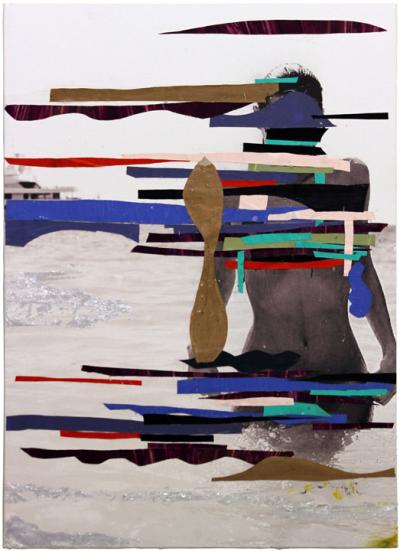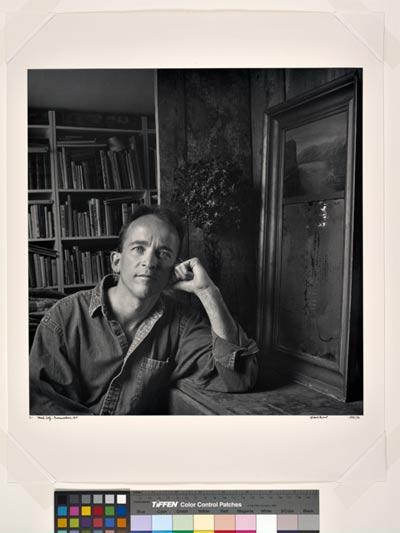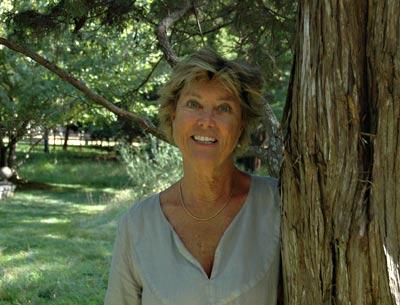Western to Anchor the Hamptons Film Festival
Western to Anchor the Hamptons Film Festival
“The Homesman,” a western starring Hilary Swank and Tommy Lee Jones and directed and co-written by Mr. Jones, will be the Centerpiece Film at the 22nd annual Hamptons International Film Festival, taking place from Oct. 9 through Oct. 13. Hilary Swank, the film’s star, will be in East Hampton for the film’s East Coast premiere.
The actor, writer, and director Bob Balaban, who has a house in Bridgehampton, has been named this year’s honorary chairman of the festival.
Adapted from the novel of the same name by Glendon Swarthout, “The Homesman” focuses on a subject seldom highlighted in westerns — the plight of women in the Old West. Hilary Swank portrays Mary Bee Cuddy, a self-sufficient pioneer woman who has taken on the task of transporting three deranged women from Nebraska to Iowa. When she finds George Briggs, played by Mr. Jones, sitting on a horse under a tree with a rope around his neck, she rescues him — on the condition that he accompany her on her journey.
Grace Gummer, Miranda Otto, and Sonja Richter play the three women, all of whom have come unhinged by the rigors and deprivations of life on the plains. The star-studded cast also includes Meryl Streep, James Spader, and John Lithgow.
According to Peter Bradshaw, reviewing the film in The Guardian after its world premiere at the Cannes Film Festival, “Tommy Lee Jones shows some true storytelling grit in this superbly watchable frontier western; he has a muscular and confident command of narrative, driving the plot onward with a real whip-crack, and easily handles the tonal swings between brutal shock, black comedy, and sentimentality.”
The festival has also announced the titles in its Views From Long Island section, which focuses on local filmmakers and films with geographical ties to the East End. The films will include the pilot of the Showtime production “The Affair,” which explores the effects on two marriages of an extramarital relationship between a New York City schoolteacher and a young waitress, who meet in Montauk. Much of the drama was filmed in and around Amagansett, where some residents objected to the fallout from the large-scale production on their neighborhoods.
Much of Lou Howe’s first feature film, “Gabriel,” was also filmed on the East End. Rory Culkin stars in the title role of a young man longing for stability and happiness while struggling with mental illness. Soon after being released from an asylum, Gabriel obsessively pursues his high school girlfriend, whom he hasn’t seen in years, testing the limits of his family’s understanding.
Views From Long Island will also include the New York premiere of “Diplomacy,” a feature directed by Volker Schlöndorff, an acclaimed German filmmaker who has a house in Amagansett. Set in the summer of 1944, the film focuses on Dietrich von Choltitz, a German general who has been ordered by Hitler to destroy Paris rather than let it fall into enemy hands. Adapted from a play by Cyril Gély, the film details the efforts of Swedish Consul General Raoul Nordling to dissuade von Choltitz.
“Weenie,” a short film shot in East Hampton by the Sag Harbor-based filmmaker Dan Roe, will also be included in Views From Long Island. Weenie is a 16-year-old girl who has been grounded. Her mother doesn’t understand her, and her friend is pressuring her to come to a party, so she decides to sneak out. The filmmaker, who teaches at the Ross School, has called the film “a combination of Judy Blume and Alfred Hitchcock.”
A limited number of Founders Passes are available at a 15-percent discount until Monday at hamptonsfilmfest.org.





